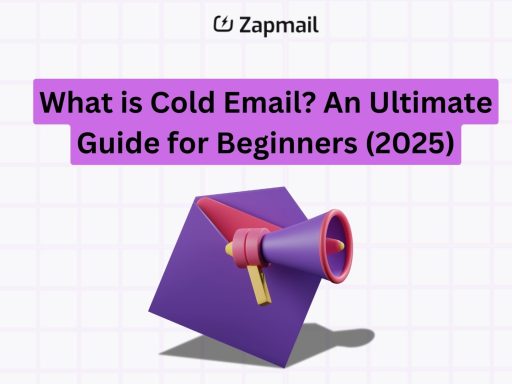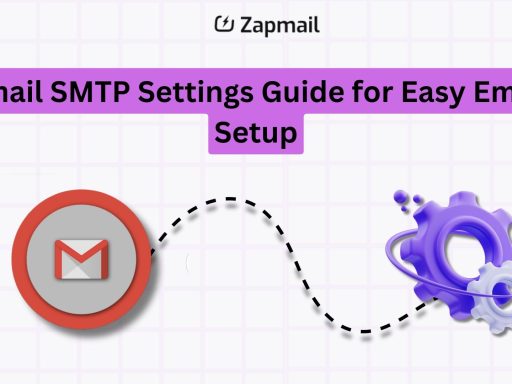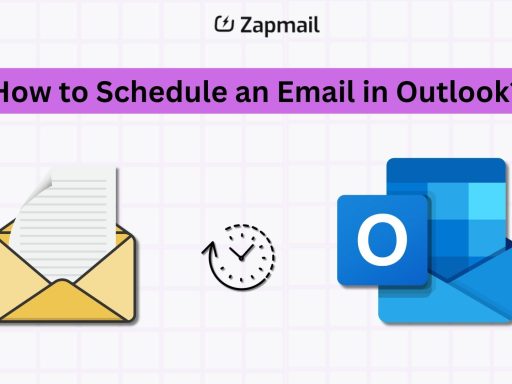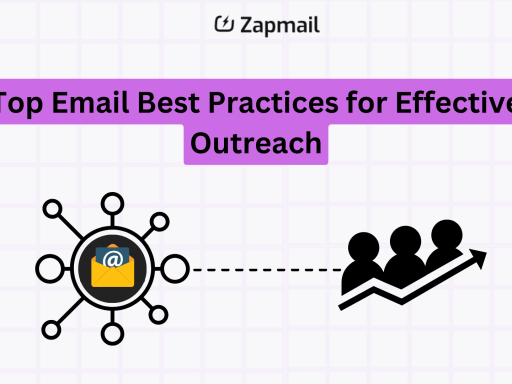In today’s digital world, knowing how to write a good follow-up email is key. As we move into 2025, the way we write these emails is changing. It’s not just about reaching out anymore; it’s about making a real connection.
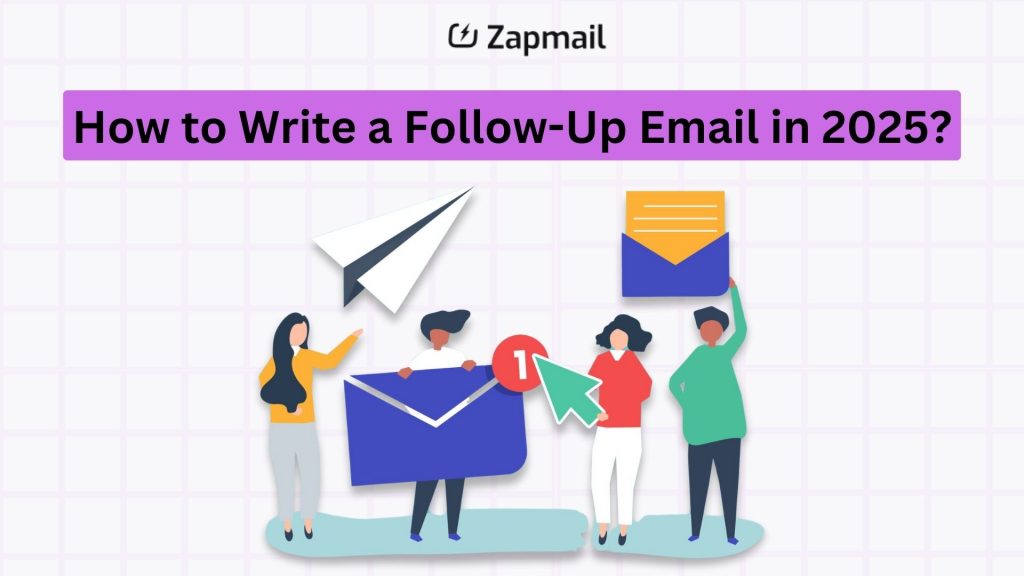
By using the right effective follow-up email strategies, you can build strong relationships. Your emails should not only be seen but also understood and valued by your audience. We will show you how to write emails that are clear and respectful, without being too pushy.
Key Takeaways
- Understand the current landscape of email communication and its best practices.
- Learn how to incorporate new tools and technologies for effective follow-up emails.
- Develop strategies for enhancing relationships through thoughtful email follow-ups.
- Gain insights into the timing and frequency of follow-up emails for optimal engagement.
- Discover how personalization can lead to more meaningful email exchanges.
- Explore different structures and content styles for follow-ups in various professional scenarios.
- Grasp the significance of responsiveness and adaptability in email communication.
The Evolution of Email Outreach in 2025
As we move into the next decade, digital marketing and communication are changing fast. Email outreach is still key. It’s how we connect, follow up, and build relationships, thanks to new tech.
Understanding these trends is vital for future business communication strategies.
The Future of Digital Communication
Digital communication is moving towards smarter systems. These systems use predictive analytics and personalization. Email remains a powerful tool, with new features to make it more efficient.
Adapting to New Email Technologies and Trends
Businesses are now using AI tools for email outreach. These tools automate and personalize emails on a large scale. This makes communication more efficient and relevant, reaching the right people at the right time.
Importance of Following Up in a Fast-Paced Digital World
In today’s fast world, following up is crucial for success. The evolution of email outreach is about making quick, lasting connections. Adapting to these changes is essential for digital business success.
Understanding the New Norms for Professional Communication
As we move towards 2025, the rules for professional email communication standards are changing. These changes reflect bigger shifts in business communication norms. It’s important for professionals to keep up with these changes to stay effective and appropriate online. This section will cover key strategies for using the latest email etiquette 2025 in your daily work.
- Stay updated with the newest guidelines and expectations that dictate professional interactions online.
- Implement clear, concise messaging that respects the recipient’s time while conveying your message effectively.
- Understand the importance of tone and timing in digital communications to enhance the clarity and reception of your messages.
- Recognize cultural differences that may influence email communications and adjust your approach accordingly to maintain professionalism across global exchanges.
Following the updated email etiquette 2025 shows you’re up-to-date and respectful. It’s key to show respect and professionalism to your colleagues and clients. As these norms evolve, it’s vital to stay informed and flexible for success in any field.
Why Should You Write Follow-up Emails Politely?
Understanding the right tone in follow-up emails is key in today’s world. Using AI to personalize messages and crafting great subject lines are crucial. These steps help create messages that truly connect with the people you’re emailing.
Infusing AI-Generated Personalization
AI personalization is vital for effective emails. It uses tools to make messages fit the recipient’s interests and past actions. This makes your emails more relevant and boosts how often people engage with them.
Balancing Professionalism with Modern Email Etiquette
It’s important to mix professionalism with a modern, casual tone in emails. This balance makes your emails both respectful and engaging. It encourages a positive response without feeling too formal.
Crafting Engaging Subject Lines in 2025
In a busy inbox, your subject line is your chance to shine. It should be short, clear, and interesting. A good subject line hints at what’s inside and makes you want to open it.
How to Write Polite Follow-Up Email Without Being Intrusive?
Writing a polite follow-up email is all about finding the right balance. It’s about being persistent yet respectful. A respectful follow-up respects the recipient’s time and personal space. It sets a tone that is both courteous and considerate.
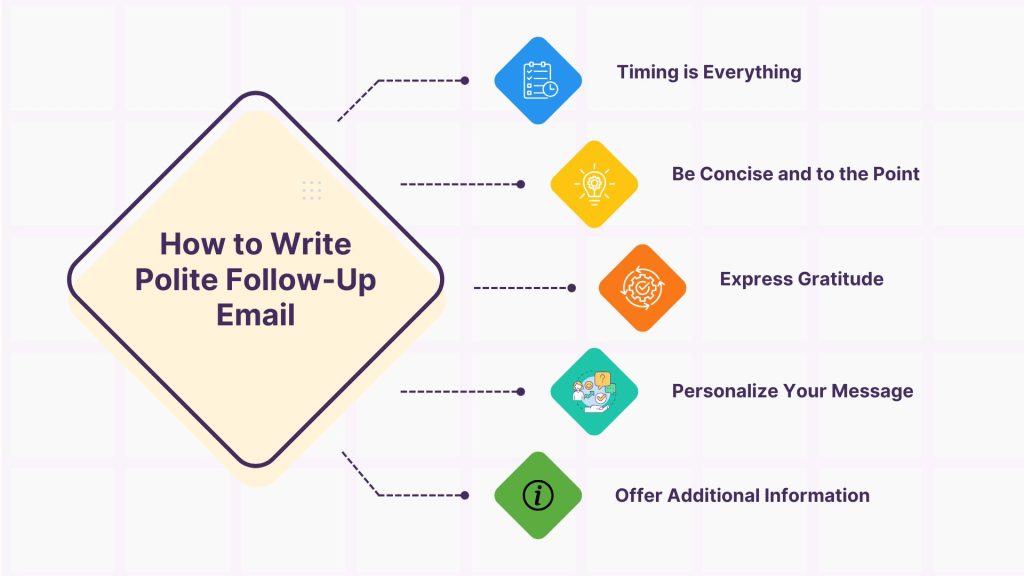
Here are some polite follow-up email tips to help you stay professional without being too pushy.
- Timing is Everything: Wait a reasonable amount of time before sending your first follow-up. Avoid appearing pushy by giving the recipient enough time to respond to your initial email.
- Be Concise and to the Point: Keep your follow-up email brief and focused. A concise message shows respect for the recipient’s time and reduces the pressure of an extended response.
- Express Gratitude: Begin your email by thanking the recipient for their time or for considering your initial request. Gratitude can set a positive tone and make the recipient more receptive.
- Personalize Your Message: Use the recipient’s name and reference specific details from your previous interaction. Personal touches demonstrate your attention to detail and genuine interest.
- Provide a Clear Call to Action: Clearly state what you are hoping to achieve with your follow-up. Whether it’s seeking a response, confirming a meeting, or asking for a decision, a clear call to action helps prevent ambiguity.
- Offer Additional Information: Include a brief update or provide new, relevant information that might help the recipient make a decision. This shows that you are considerate and value-additive, not just seeking a response.
- Acknowledge Their Decision: Let them know that you respect their decision, whatever it may be. This element of non-intrusive email tactics can alleviate any pressure they might feel, fostering goodwill for future interactions.
Using these non-intrusive practices will make your follow-up appreciated. It will increase your chances of getting a favorable response. A respectful follow-up is not just about getting what you need; it’s also about building a positive, professional relationship. Keeping this balance is crucial in any professional communication strategy.
Why Timely Follow-Up Emails Are Key to Success?
In today’s fast world, knowing when to follow up is crucial. Strategic follow-up timing can greatly improve your email campaign’s success. Good follow-up keeps your messages relevant and boosts email response rates.
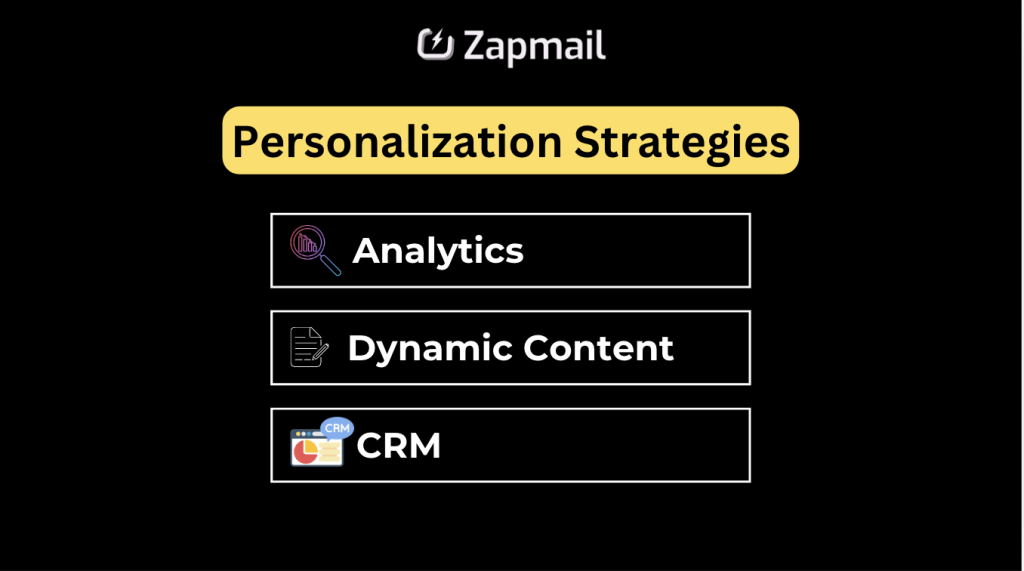
Boosting Response Rates with Strategic Timing
When you follow up at the right time, you can turn a missed chance into a success. Using data-driven follow-up timing makes sure your emails reach people when they’re most likely to reply. This increases the chance of getting a response.
Following Up Without Being Pushy: A 2025 Approach
The secret to great follow-up emails is finding the right balance. It’s about being persistent yet respectful of the other person’s time. A gentle reminder is better than pushing too hard, keeping your relationship positive.
Utilizing Data to Inform Follow-Up Schedules
Using analytics is key to figuring out the best time to reach out again. Data-driven follow-up timing looks at past interactions and engagement to predict the best times. This approach avoids overwhelming people and makes your campaign more effective.
Structuring the Perfect Following Up Email
Mastering the follow-up email structure is key to engaging recipients and getting them to respond. Crafting a clear and concise email boosts your chances of getting a reply. Let’s look at the important parts of an effective email format, helping you improve your follow-up skills.
- Compelling Opening: Start with a personalized greeting and a nod to your previous meeting. This shows respect and reminds them of your context.
- Concise Message Body: Clarity is crucial here. Your email should clearly state why you’re following up. Whether it’s a question, a document request, or an invitation, your purpose must be clear.
- Clear Call to Action: End with a clear, easy-to-understand request. This could be a meeting, a call, or feedback. Make it simple for them to take the next step.
Remember, the secret to effective follow-ups is finding a balance between professionalism and a personal touch. Your email should be well-formatted and considerate of the recipient’s time. With these tips, you’re on your way to writing follow-up emails that engage and get responses.
Personalization Strategies for Impactful Follow-Up Emails
Making your follow-up emails personal can grab attention and boost engagement. Tailoring messages to fit what each person needs and likes can make your efforts stand out.
Leveraging Analytics for Tailored Messages
Analytics help you understand what your audience likes. By looking at past actions, what they’ve bought, and how they behave, you can make emails that really speak to them. This way, your follow-ups feel like they were made just for them.
Using Dynamic Content to Enhance Relevance
Dynamic content is a great tool for making emails more personal. It lets you change parts of your email based on who you’re sending it to. For example, you can show products they looked at but didn’t buy, or services they’ve shown interest in before.
The Role of CRM in Crafting Personalized Follow-Ups
Using CRM systems helps make your follow-up emails really personal. They offer lots of ways to customize based on the data you have. This helps create content that really speaks to each person, building a stronger connection and getting more people involved.
Effective Follow-Up Email Templates for Various Scenarios
Knowing how to follow up in different situations can really improve your email game. Using adaptable email examples for job interviews, networking events, or meetings can make your emails sound professional. It also boosts your chances of getting a good reply.
We’ve put together some follow-up email templates for you. These templates work well in many situations. They help you stay flexible while keeping your emails professional and thoughtful.
- Post-Interview Follow-Up: Say thank you for the chance, show you’re still excited about the job, and remind them why you’re a great fit.
Subject: Thank You for the Opportunity
Dear [Interviewer’s Name],
Thank you for the opportunity to interview for the [Job Title] position. I’m excited about the possibility of joining [Company Name] and contributing to [specific company goal]. Our discussion confirmed my enthusiasm for this role and how my experience in [mention a skill] aligns with your needs.
If you have any further questions, feel free to reach out. I look forward to hearing from you.
Best regards,
[Your Name]
2. After a Networking Event: Talk about the conversations you had, say you want to stay in touch, and suggest meeting up again.
Subject: Great Connecting with You at [Event Name]
Hi [Name],
It was a pleasure meeting you at [Event Name]. I enjoyed our conversation about [specific topic], and I’d love to stay in touch. Perhaps we could meet for coffee or continue discussing [topic of interest].
Looking forward to connecting again soon.
Best regards,
[Your Name]
3. Post-Meeting: Thank everyone for their time, recap the main points, and talk about what’s next.
Subject: Thank You for Your Time – Next Steps
Dear [Team/Colleagues’ Names],
Thank you for your time during the meeting today. We discussed [main points], and I’m excited about moving forward with [specific next steps]. Please let me know if you need anything from my end to keep things moving.
Looking forward to our next steps.
Best,
[Your Name]
These templates are a good starting point, but you should make them your own. Think about the person you’re emailing, your relationship with them, and what you want to get from the email. This makes your emails more relevant and engaging.
In short, using follow-up email templates and tailoring them to each situation is key. Personalizing each message is important. It shows you’re genuinely interested in connecting. Start with these examples, customize them, and see how your follow-up emails get better responses.
Optimizing Your Follow-Up Emails for Mobile Readers
In today’s fast world, making emails mobile-friendly is key. Mobile devices are now the main way we read emails. So, using a responsive design makes your emails easy to read and act on.
Responsive Design for Enhanced Readability
Responsive email design is vital for emails that look good on any device. It changes the layout to fit screens of phones and tablets. This makes emails more engaging and user-friendly.
Adding responsive design is an easy way to make your emails mobile-friendly. It keeps your audience interested.
Short and Sweet: The New Email Economy
In the smartphone era, clear emails are a must. Emails that are short and to the point are more likely to be read on mobiles. This is because people often check emails during busy times.
Writing brief yet impactful emails can greatly improve their success. It focuses on the key points without overwhelming the reader.
Visual Elements: Are they Still Relevant?
Visuals like images and stylized text can make emails more appealing. But, they must be used wisely in mobile emails. Too many visuals can slow down loading times on mobiles.
So, it’s important to use visuals that enhance your message. They should support your message’s clarity and speed.
Increasing Engagement with Interactive Email Features
As we look to the future of cold email outreach, interactive email features are changing the game. They bring in email gamification, video in emails, and engaging surveys. These elements capture the audience’s attention and make the experience more fun and rewarding.
Gamification and Interactive Media in Emails
Email gamification turns regular emails into exciting interactions. It uses challenges and rewards to get people to engage more. Adding things like quizzes or games in emails makes the experience better for users.
The Power of Video and Audio Elements in Follow-Ups
Using video in emails is a great way to make your message stand out. Videos are engaging and can share a lot of information quickly. They can be product demos, messages from the CEO, or customer reviews, making your email feel more personal.
User Interaction: Surveys and Polls Inside Emails
Adding engaging surveys and polls to your emails is a smart move. They help you understand what your customers want and make them feel heard. A simple survey can turn a regular email into a conversation, improving customer relationships and campaign strategies.
Maximizing Open Rates: The Science Behind Follow-Up Emails
In today’s digital world, knowing how to send follow-up emails is key. Understanding email open rates, A/B testing emails, and email segmentation can make your emails much more effective.
Understanding Email Open Rate Metrics
Email open rates show how well your emails are doing. They tell you how many people are opening your emails. By studying these rates, you can make your emails more appealing to your audience.
A/B Testing Subject Lines for Higher Engagement
A/B testing helps you improve your email subject lines and content. You send two versions of your email to see which one gets more attention. This method boosts engagement and sharpens your email strategy.
Email Segmentation Strategies for Follow-Up Campaigns
Segmenting your email list means dividing it based on things like demographics or past behavior. This way, your follow-up emails are more personal and relevant. Good segmentation turns generic emails into ones that really speak to each person.
Enhancing Credibility with a Powerful Email Signature
In today’s digital world, email signature design is key to looking professional and credible. A good signature shares your contact info and shows who you are and what you stand for. Knowing what makes a credible email signature can change how others see you at work.
- Contact information: Make sure to include your full name, job title, company name, and how to reach you.
- Professional title: Show your role in the company to prove your skills and authority.
- Company logo: A nice, clear logo links your email to your company, making it easier to recognize.
- Social media links: Add links to your professional social media to connect and show you’re up-to-date.
When making credible email signatures, it’s important to find a balance. A messy or too fancy signature can mess up your message. It should be clean and clear, focusing on the important info you want to share.
Professional email sign-offs are also key. They should be polite and show you’re ready to talk more. Using phrases like “Best regards,” “Sincerely,” or “Thank you” keeps things respectful and professional.
By carefully adding these elements, your email signature design becomes more than just a tagline. It’s a powerful tool for making connections and building your professional image. Each part should match your overall image, making every email you send more credible.
Conquering Inbox Overload: Stand Out with Your Follow-Ups
In today’s digital world, our inboxes are filled with many messages. To stand out, we need to catch the eye and keep the reader interested. This section will show you how to make follow-up emails that cut through the noise. We’ll focus on being brief, clear, and creating email sequences that grab attention.
The Art of Brevity in a Saturated Inbox
Being brief in your emails is a key skill. It’s about getting your point across quickly and clearly. Emails that are short but still pack a punch are more likely to get a response fast.
Tips for Cutting Through the Noise
- Start with a compelling subject line that promises clear value to entice the recipient to open the email.
- Use bullet points or short paragraphs to break down information, making it easily scannable.
- Include a strong call-to-action that leaves no doubt about what the recipient is expected to do next.
Creating an Email Sequence that Gets Noticed
Creating a series of emails that keeps the recipient engaged is crucial. Each email should have a specific goal, moving smoothly from one to the next. This approach makes your emails memorable and keeps the recipient interested.
Gauging the Success of Your Follow-Up Campaigns
To really understand how well your follow-ups are doing, you need to measure and evaluate them closely. It’s all about knowing your email KPIs, making your tactics better, and using feedback to guide your emails. These steps help you see how well your efforts are working and make sure you keep getting better at talking to your audience.
Key Performance Indicators for Email Follow-Ups
It’s important to pick the right email KPIs to watch. Things like open rates, click-through rates, and conversion rates tell you a lot about your emails. Also, seeing how subscriber engagement and sales change after your emails can show how your emails are really helping your business.
Analyzing Email Campaign Data to Refine Tactics
After you’ve set up your KPIs, it’s time to dig into the data. Looking for trends and patterns helps you make your emails better. Using tools like A/B testing can also help you fine-tune your emails to better match what your audience likes.
Adjusting Your Approach Based on Feedback Loops
Adding feedback-driven strategies to your emails makes them even stronger. By listening to both your team and the people who get your emails, you can make changes on the fly. This keeps your emails fresh and in line with what your audience wants and what’s new in your industry.
Conclusion: The Future of Professional Follow-Up Emails
The world of professional email is changing fast. This change shapes how we see and use follow-up strategies. We’ve seen how email outreach has grown from simple beginnings to today’s advanced interactions.
Learning to end emails well is more than just keeping trying. It’s about knowing how to personalize, when to send, and using new tools. As we move forward, being able to adapt our email strategies is key to getting noticed online.
It’s important to know when to keep trying and when to stop. This shows respect for the person you’re emailing. Using advanced tools and understanding each person’s needs is crucial. This way, your emails will not only keep up but also improve your professional relationships in a digital world.
Looking back, we see that the basics of good communication haven’t changed. What’s different is the tools we use to get there. As the digital world keeps moving, these tips will help you make emails that matter, influence, and get results.
Creating a strong email strategy means always learning and adjusting. This way, every email you send moves you closer to connecting with others online.
FAQ
Effective strategies include making your email content personal. Also, timing your follow-up right is key. Use AI tools to boost engagement.
Make sure your emails are short and easy to read on phones. Add interactive elements to get more people involved.
Email outreach has grown with AI and predictive analytics. It’s now more personal. Following up shows you care and are committed to building relationships.
Professional emails now need to know the latest digital norms. You should follow digital etiquette and adapt to new communication styles.
To mix professionalism with modern email, use a friendly tone. Add personal touches with AI. Make your subject lines engaging yet professional.
Timing is key in follow-up emails. Send them when people are likely to engage. Use data to find the best times.
A follow-up email should have a catchy subject line. Start with a personal touch. Keep the message short and focused.
End with a clear call to action. Close with a professional sign-off and signature.
Use CRM data and analytics for personalized messages. Tailor content based on the recipient’s past actions and preferences. This makes your emails relevant.
Templates vary by situation. You might send a gentle reminder after a meeting or a thank-you after a purchase. Each should fit the context.
Make sure your emails look good on all devices. Keep them short and use visuals wisely. They should load fast and be easy to see on small screens.
Try gamification, short videos, or polls. These interactive elements can get readers more involved.
Be respectful and acknowledge the recipient’s time. Make sure your message is relevant. Provide value and wait a bit before following up again.
Test different subject lines with A/B testing. Segment your email lists for better targeting. Use open rate data to refine your approach.
